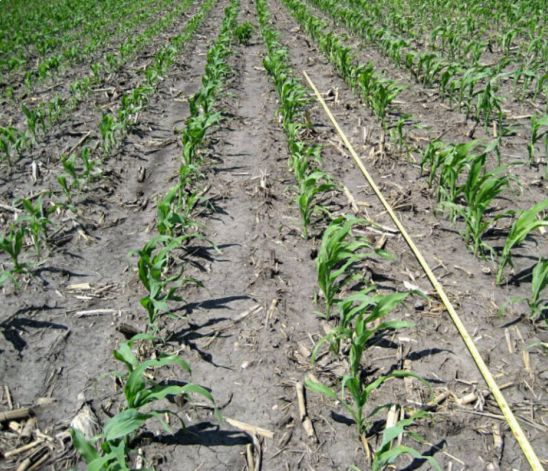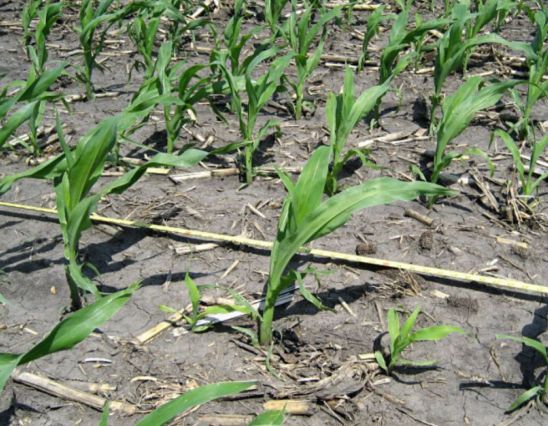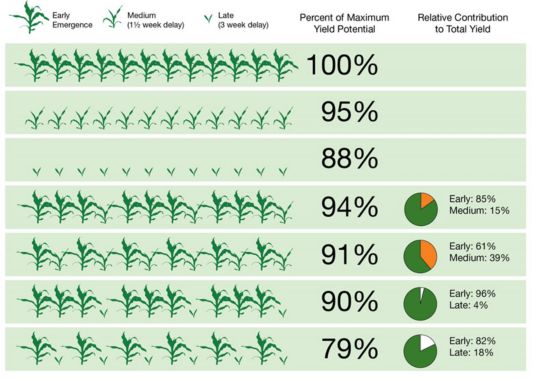Use this calculator to help make management decisions.
Use tool now
Something went wrong. Please try again later...
Key Points
Many different stress factors are capable of reducing corn stands, such as:
- cold or wet soils
- insect feeding
- unfavorable weather conditions

All products are trademarks of their manufacturers.






